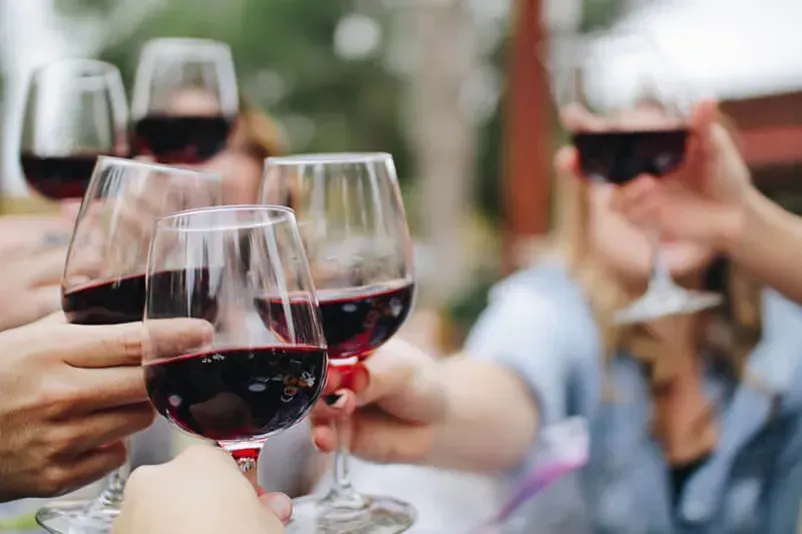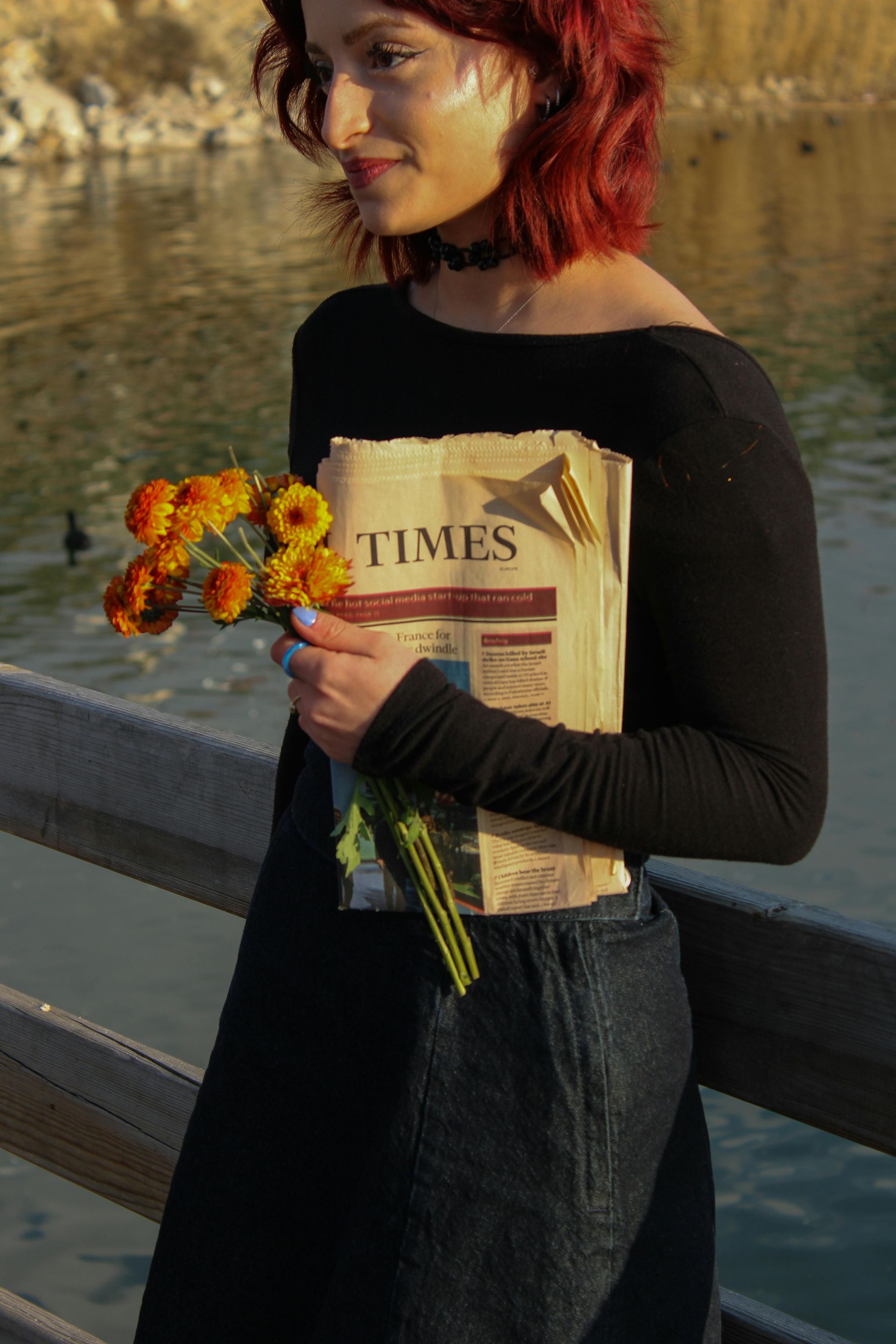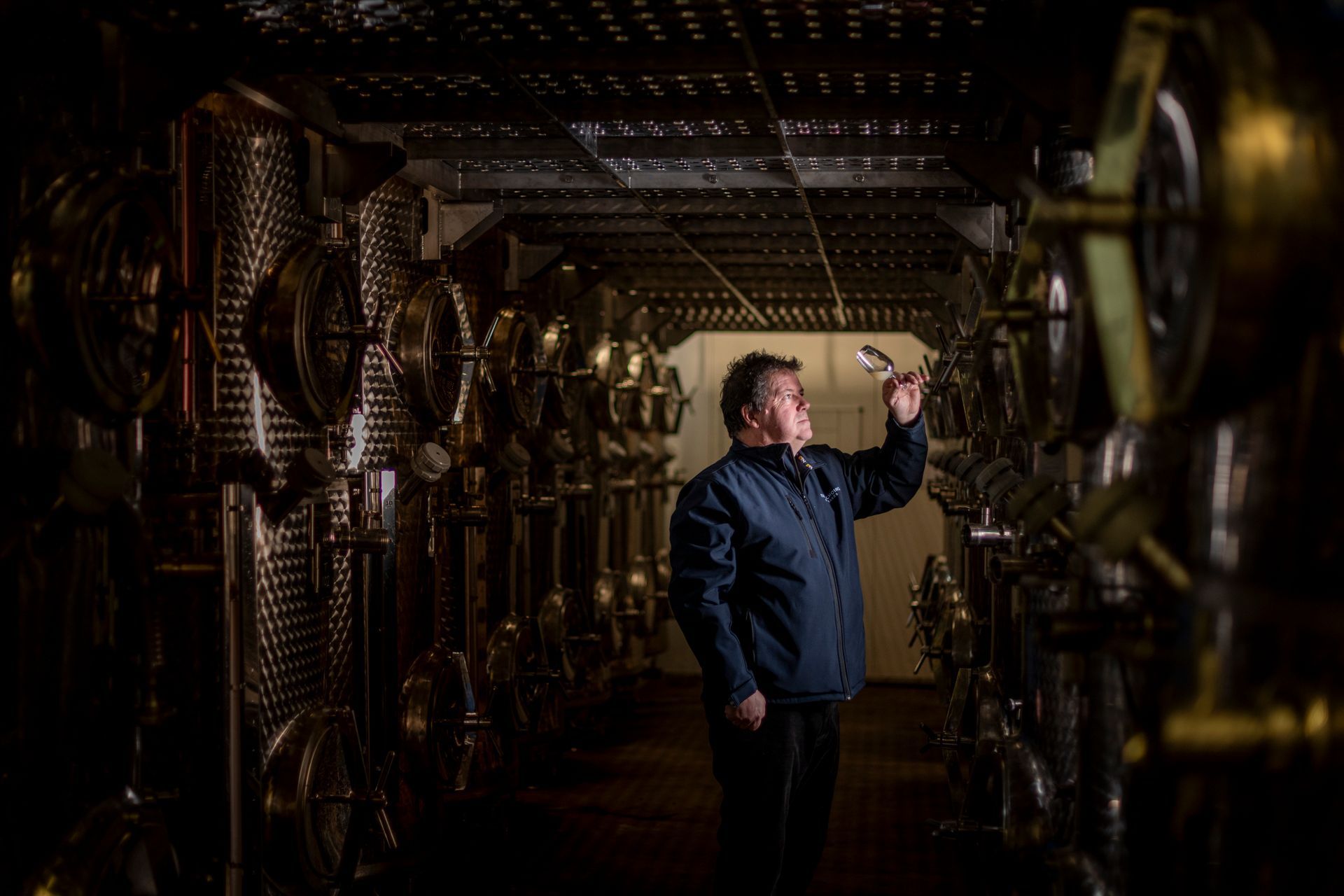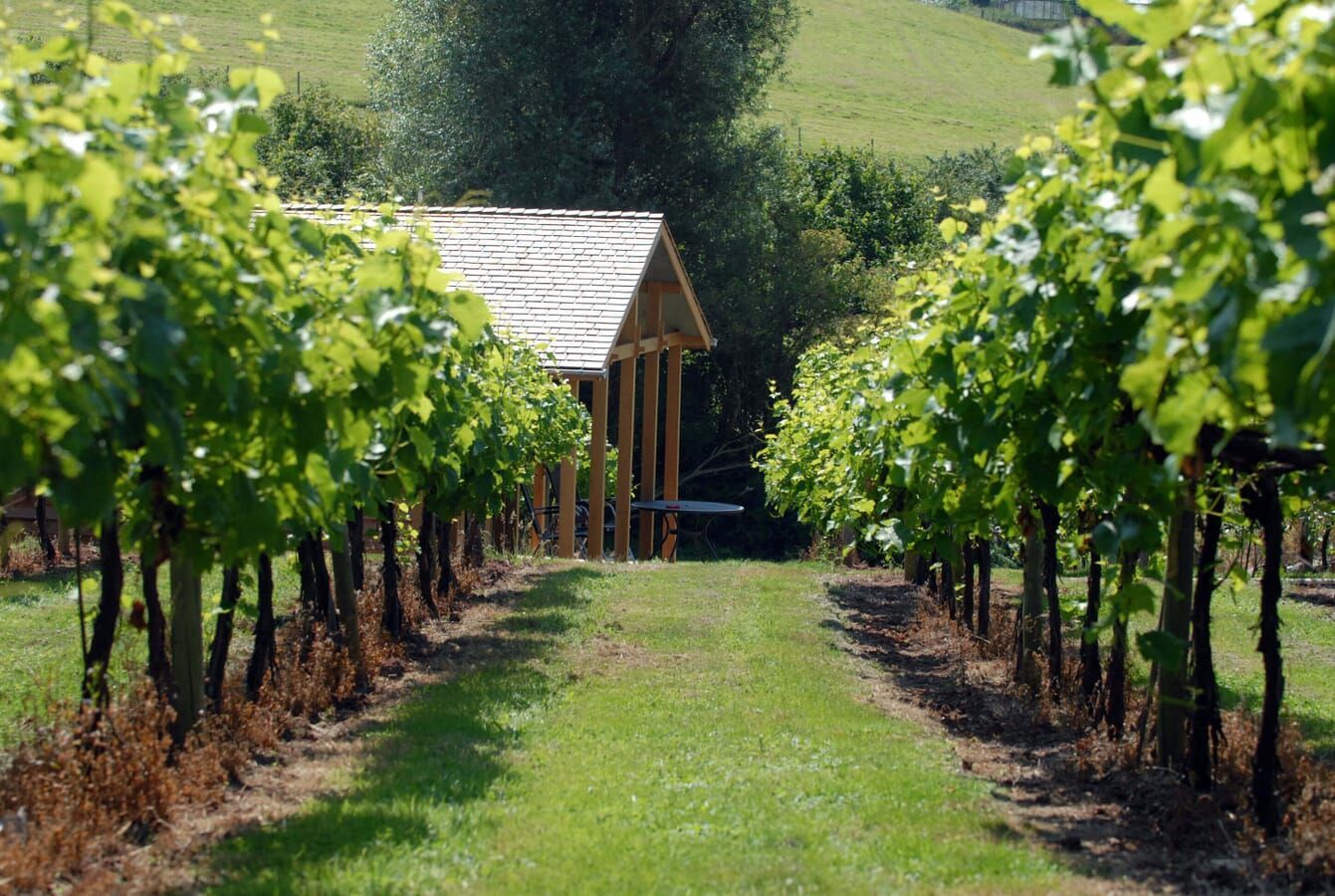Does the vintage of the wine matter?
When you are picking up a bottle (or two!) of wine at the wine shop or supermarket, does that date on the label mean anything? How important is it to the average wine drinker?
The date on the label – the wine’s vintage – represents the year in which the grapes used to make that wine were harvested. But is there more to it than that? What is a good or bad vintage? Should it influence what we buy?

What is vintage?
A vintage wine gives you a specific experience of a wine region’s produce in a single year, taking into account the weather and growing conditions that year.
So a wine doesn’t have to be of a particular age to be classed as a good vintage, but the weather does need to have been just right in that particular year to allow the grapes to ripen to their full potential. The grape growing season in the northern hemisphere is from April to October, so the conditions in spring, summer and autumn are all essential for the grapes’ growth.
The quality and taste of a wine can be affected by its vintage. Just as with all crops, there are years in which all the conditions are perfect for harvesting grapes and years when they are very far from perfect. It is due to variations in weather that some vintages might be labelled as good, and others labelled as bad.
For example, if the weather in a particular year is dry, hot during the day and cool at night, there’s a good chance that the crops will be abundant and the grapes will be of a high quality – ripe and delicious. These grapes are likely to lead to a good vintage.
But if the growing season is rainy and humid or there is a frost before the harvest, there is likely to be a lower yield of grapes and the grapes won’t be as ripe and delicious, potentially leading to a vintage which isn’t as good.
The two key factors for a good vintage are sunshine and growing season conditions. A good amount of sun will ensure the consistency of the wine’s signature flavour – a balance between acidity, sweetness and tannin. Too little sun will slow grape maturity, especially if combined with too much rain, and can also cause imbalanced aromas, vine rot and even disease.
Vintage makes more of a difference in wine growing regions with more unpredictable weather. Californian, Southern European and Australian wines tend to be more consistent from year to year because their climates are more consistent. In these areas, there is less likely to be a good vintage and a bad vintage, and the vintage year loses much of its relevance. But the climate can be far more predictable in the UK and Northern Europe, meaning there can be more variation between vintages from one year to the next.

Personal choice
Vintages certainly matter to collectors buying high-end bottles of wine as an investment and hoping to double or triple what they paid for it. But that isn’t the reality for 99.9% of wine drinkers. Most wine drinkers are just looking for a nice wine for dinner and, while the taste may vary a bit from one year to the next, the vintage isn’t a reason to choose or reject one bottle over another.
Vintage certainly matters less in the case of cheaper wines produced on an industrial scale for customers who care about price more than quality. For these wines, the levels of alcohol, sugar, acidity and PH are manipulated to create a consistent taste with a minimum of variation from year to year.
Your own tastes and what you want to use the wine for are actually very important considerations when thinking about whether vintage matters. Some people just prefer the taste of lighter, cheaper wines. And if you’re buying champagne for a party, it is a waste of money to splash out on vintage champagne when your guests are only interested in having a good time and really don’t mind what they are drinking!
You might think an older vintage is better than a newer one, but that isn’t always the case. Some wines are better drunk soon after release, while others taste better if they are a little older. For white and rose wines, they are often best enjoyed the same year as the label, or just a year later. Cheaper reds will last slightly longer. If you are spending slightly more, an earlier vintage might be more to your tastes.
Not all wines even have a vintage. Non-vintage wines are made by blending grapes from more than one year. These wines won’t have a year printed on the label, as they are made from two, three or even more harvests. This generally results in a more consistent taste and isn’t just for cheap wine. Champagne producers, for example, have a signature taste that they stick to. They may not be able to produce this consistency from a single harvest, so blend grapes from more than one year to achieve the signature taste they are aiming for.
The vintage of a wine is very important to a collector, or someone who is looking to sell it on to make a profit. But does the vintage of the wine really matter to the everyday wine drinker? For the vast majority of people, it really doesn’t matter at all, especially where they are paying under £20 for a bottle and buying it to drink immediately.
Most importantly, wine is there to be enjoyed – whatever the vintage.
More from our blog...






